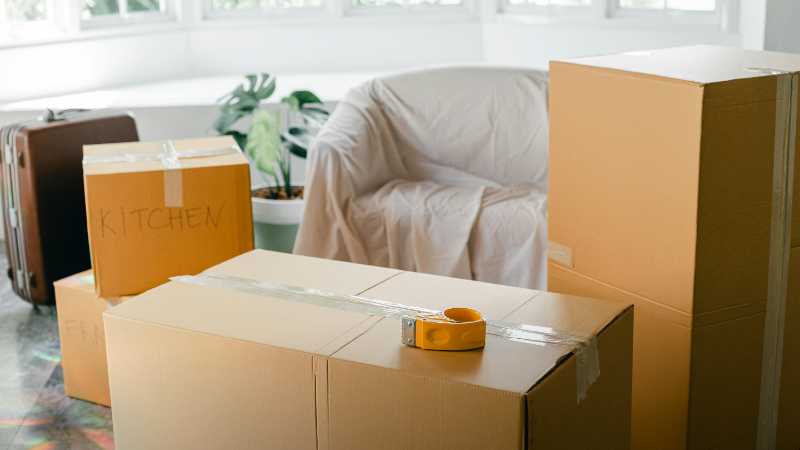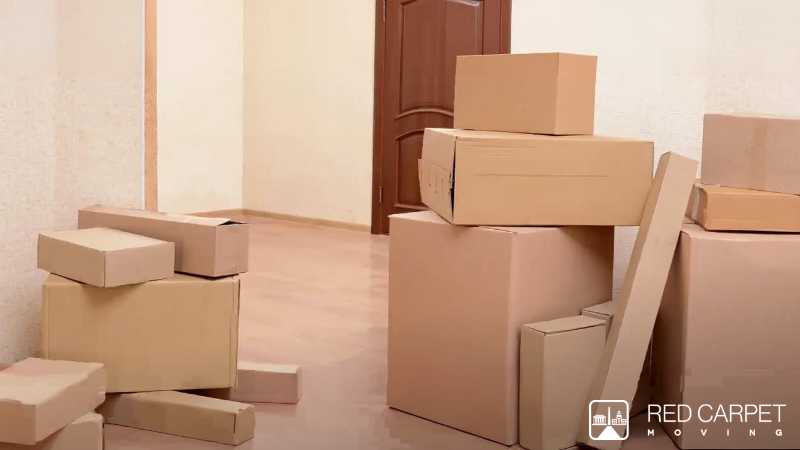Piano moving involves careful planning and execution to ensure your beloved instrument arrives safely at its new home. For both residential and commercial moves, having a clear action plan simplifies the moving process.
Let’s review the essential steps and key considerations for relocating a piano, ensuring a seamless process, and safeguarding the instrument’s integrity and value.
Piano moving factors
These factors significantly impact the ease of moving a piano, influencing every aspect of the relocation process.
The size and weight of your piano
Understanding the dimensions of your piano is crucial for planning a successful move. Measure the length, width, and height to determine the size of the instrument. You can determine its weight by using a digital scale or an estimated weight chart.
This information will help you assess whether you can handle the move yourself or if professional residential movers are necessary.
The type of piano
Different pianos (grand, upright, baby grand, etc.) require specific handling techniques and equipment. Familiarize yourself with your instrument’s unique features to ensure a safe and efficient move. For example, due to their size and weight, grand pianos may need a specialized dolly or crane for transportation.
The distance of the move
Determine the distance between your old and new locations. Short moves within the same building or complex are typically easier than long-distance moves.
Engaging local movers for piano transportation can be a smart choice for moving within your city. However, for long-distance relocations, it’s best to rely on professional piano movers who possess the appropriate equipment and permits.
The piano’s condition
Before relocating the instrument, carefully inspect it for any damages or issues. Address any necessary repairs or adjustments to ensure a smooth and safe transportation process. Additionally, consider investing in a protective cover or padding to shield your piano during transit, providing an extra layer of security.
The piano’s accessibility and target destination
When planning your move, it’s essential to thoroughly evaluate the accessibility in both your current and future locations. Ensure that the environment is conducive to moving large items like a piano. This includes checking for any structural barriers that might hinder the moving process.
Additionally, if your new home includes multiple levels, confirm the availability and suitability of elevators or stairs for safely transporting the instrument.
Moving preparation and execution
Moving a piano involves much more than simply lifting and transferring the instrument. It requires expertise, caution, and meticulous planning to guarantee it reaches its destination unscathed. Follow these tips for a stress-free transfer.
1. Double-check that the pedals are secured and locked to prevent damage during transportation.
2. Remove any heavy items around your piano, such as bookshelves or furniture.
3. If you’re hiring professional movers, make sure they have a clear understanding of your piano’s size, weight, and specific handling requirements.
4. Communicate any concerns or issues with your movers to confirm that everyone is on the same page.
5. On moving day, check that there are enough strong helpers to assist in lifting and transporting the piano.
Moving your piano with professionals
Engaging the expertise of seasoned piano movers helps guarantee both the safety and protection of your valuable piano during its transition to a new location. Their extensive knowledge, specialized equipment, and proven techniques guarantee a successful and hassle-free move.
Thoroughly research reliable piano moving services in your area. This step is vital for collecting estimates and expert opinions, which are crucial to facilitating a smooth transition for your instrument.


